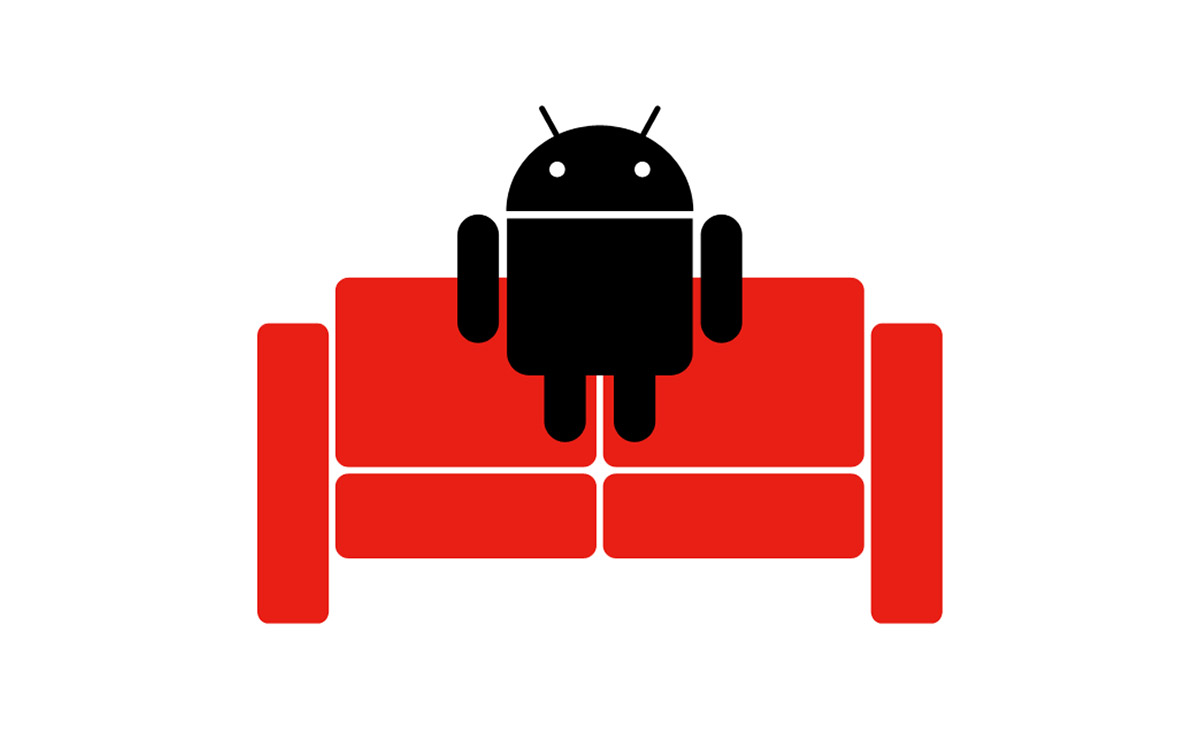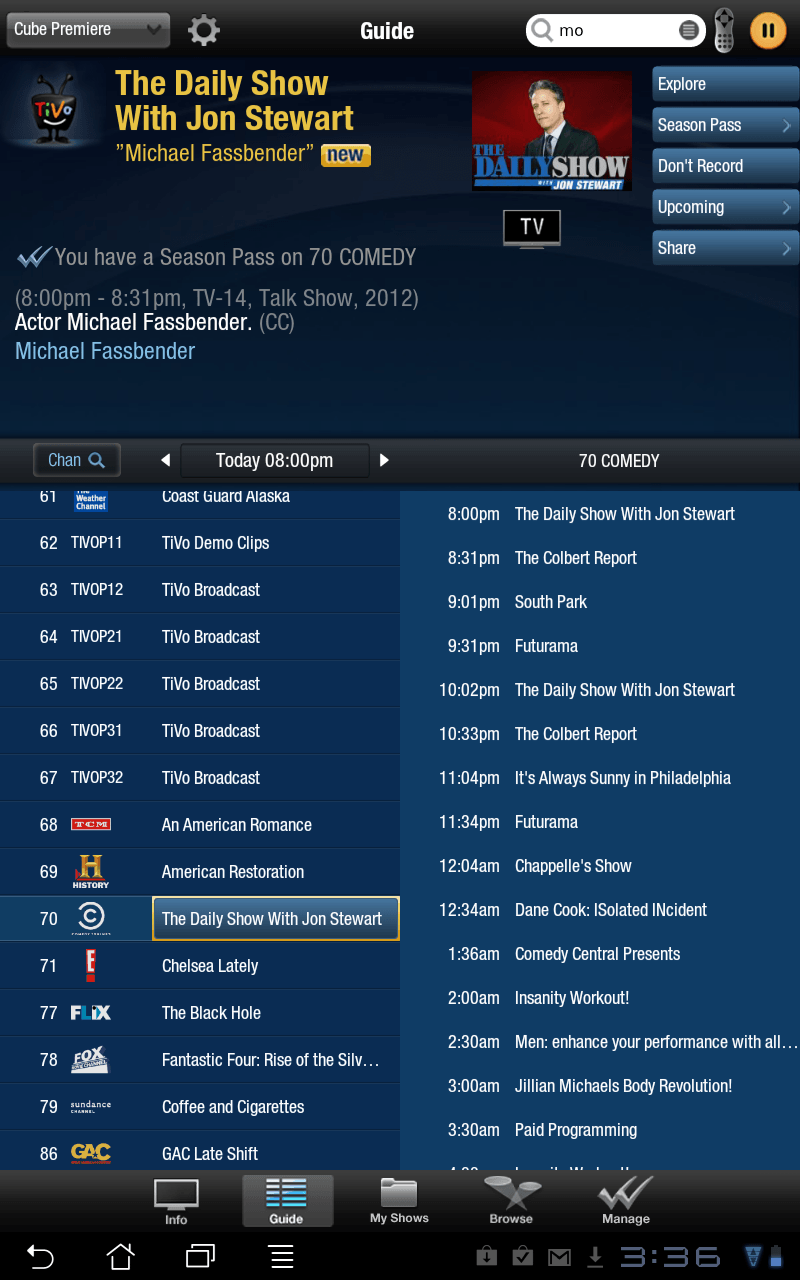After announcing that it would work on 'Flash' for computers and 'Air' will be developed for mobile devices just last November, Adobe has now stated that it will not create Flash Player for Android 4.1 (Jelly Bean) and would even stop downloads for the same from Google Play.
The new development would meant that Android users who do not have Flash Player installed in their devices by August 15, 2012 will not be able to play Flash-based content on their gadgets. Those who migrate to Jelly Bean from earlier versions of Android will experience instability and any updates of the app will not function, as the company has not developed and tested it on the browser of the newest iteration of Google's OS.
Adobe even went on to say that users upgrading their devices to Jelly Bean should uninstall Flash Player first to avoid such problems.
However, users who have Adobe Flash Player on their Android gadgets before August 15, 2012 or use devices with pre-installed Flash will receive future updates.
Developers, on the other hand, can access previously-released versions of the app through the archives, but installations made via archives will not be eligible for future updates rolled out from Google Play Store.
This move reinforces the belief that Adobe Flash Player is not suitable for mobile devices, as former Apple CEO Steve Jobs had said in the past.








